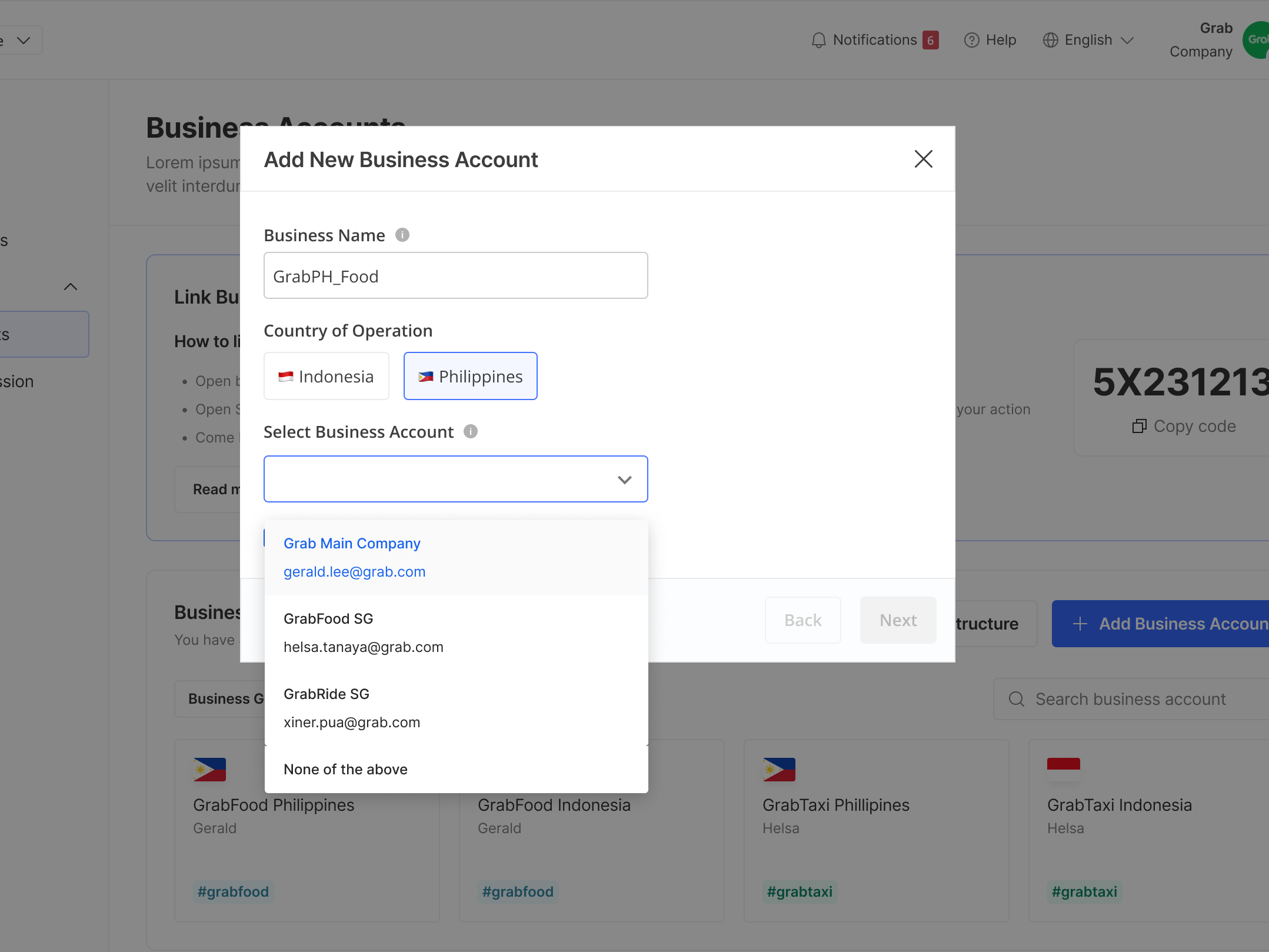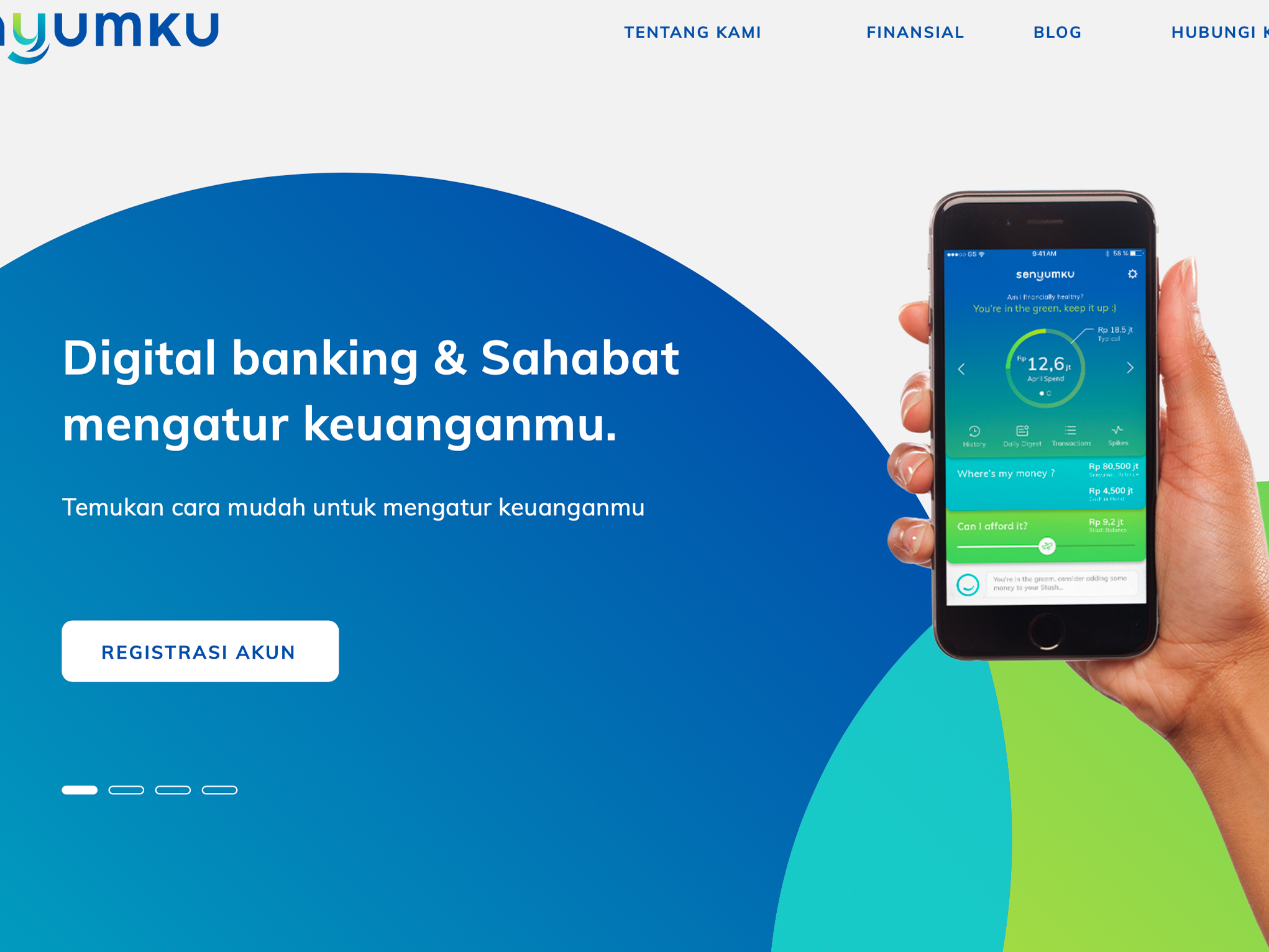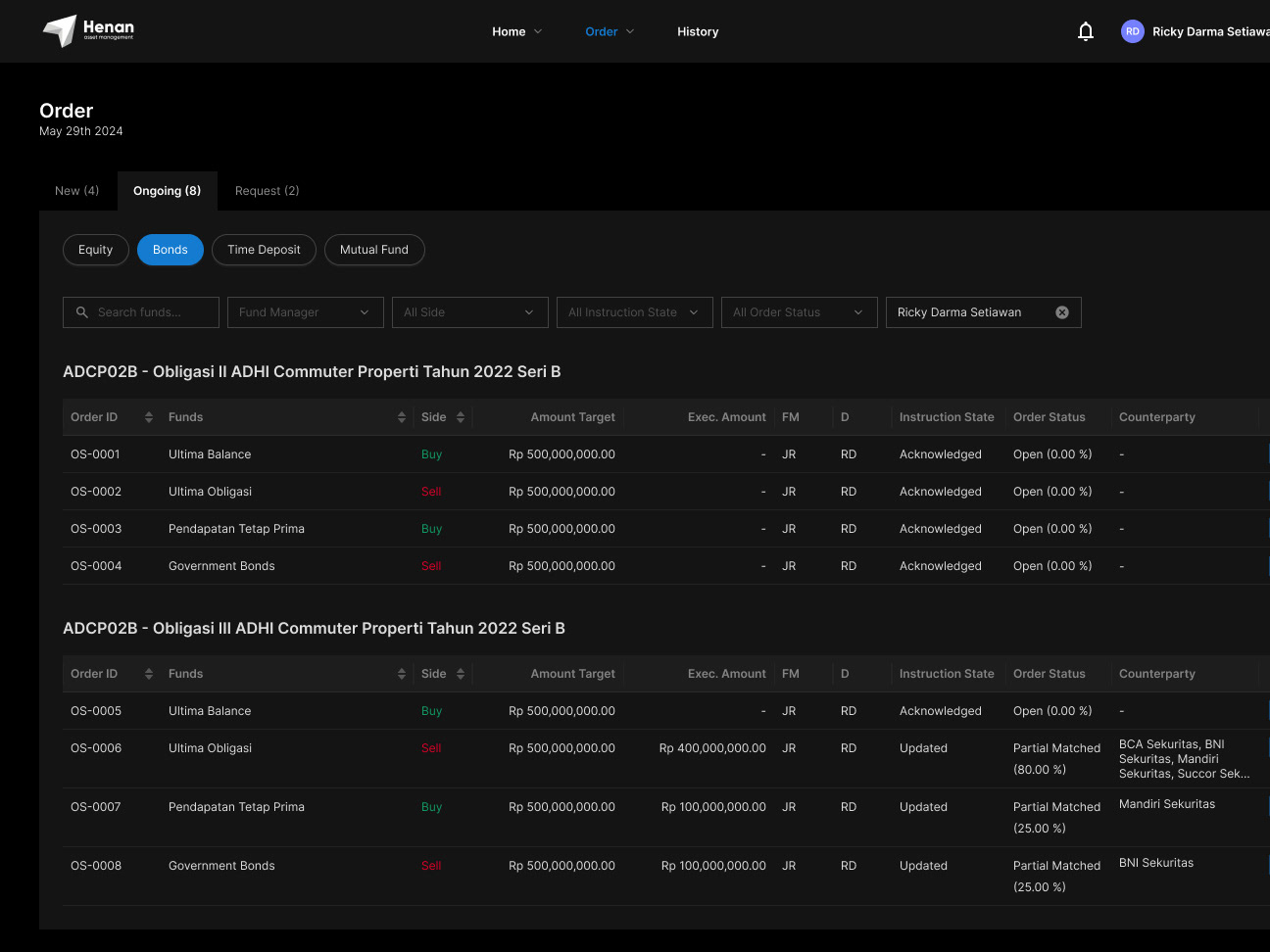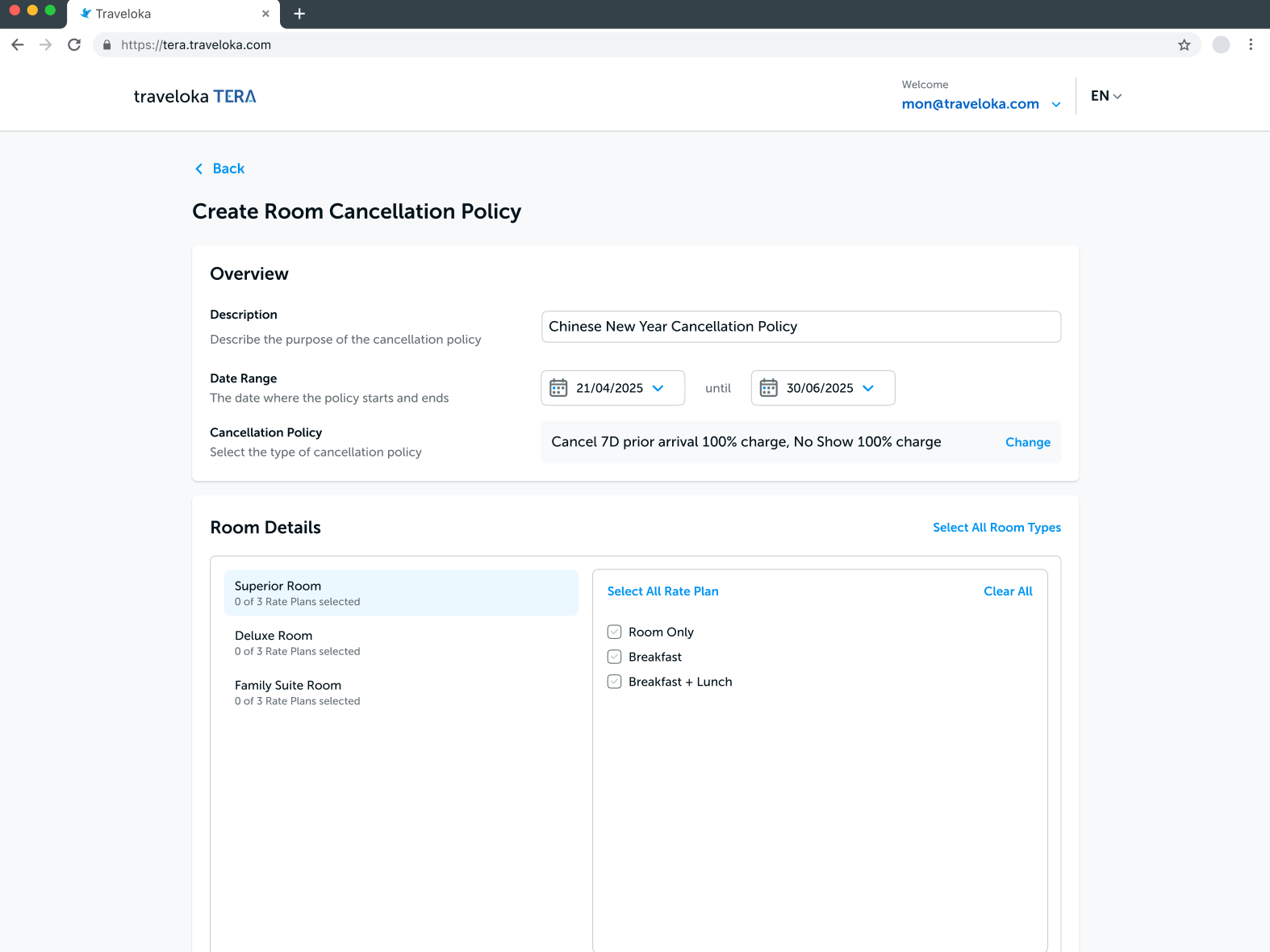Project Context
Lead the redesign of the curation process of Traveloka's content management system (CMS). I worked with another designer and product manager to deliver the redesign of flow and UI mockups.
• Role: UX & UI Designer
• Role: UX & UI Designer
• Scope: Research planning & execution, user flow and visual design
• Timeline: 3 weeks
Background Context
Traveloka’s marketplace relies on accurate hotel inventory data to ensure users can book accommodations seamlessly.
Behind the scenes, a curator team manages the mapping and verification of hotel data. Their work is later audited by a separate Audit team to maintain data quality and consistency.
Behind the scenes, a curator team manages the mapping and verification of hotel data. Their work is later audited by a separate Audit team to maintain data quality and consistency.
To manage this large-scale data flow, Traveloka developed an internal Content Management System (CMS) supported by limited Machine Learning (ML) capabilities.
The ML model assists curators by recommending potential duplicate or similar room entries that may be merged, reducing redundancy.
The ML model assists curators by recommending potential duplicate or similar room entries that may be merged, reducing redundancy.
Over time, incremental system updates have addressed bottlenecks in the process. However, these improvements were local fixes rather than systemic redesigns, leading to fragmented workflows and inefficiencies.
With the inventory data scaled rapidly while the auditor team remains limited, there was a growing need for a holistic solution that improves content accuracy and feedback visibility.
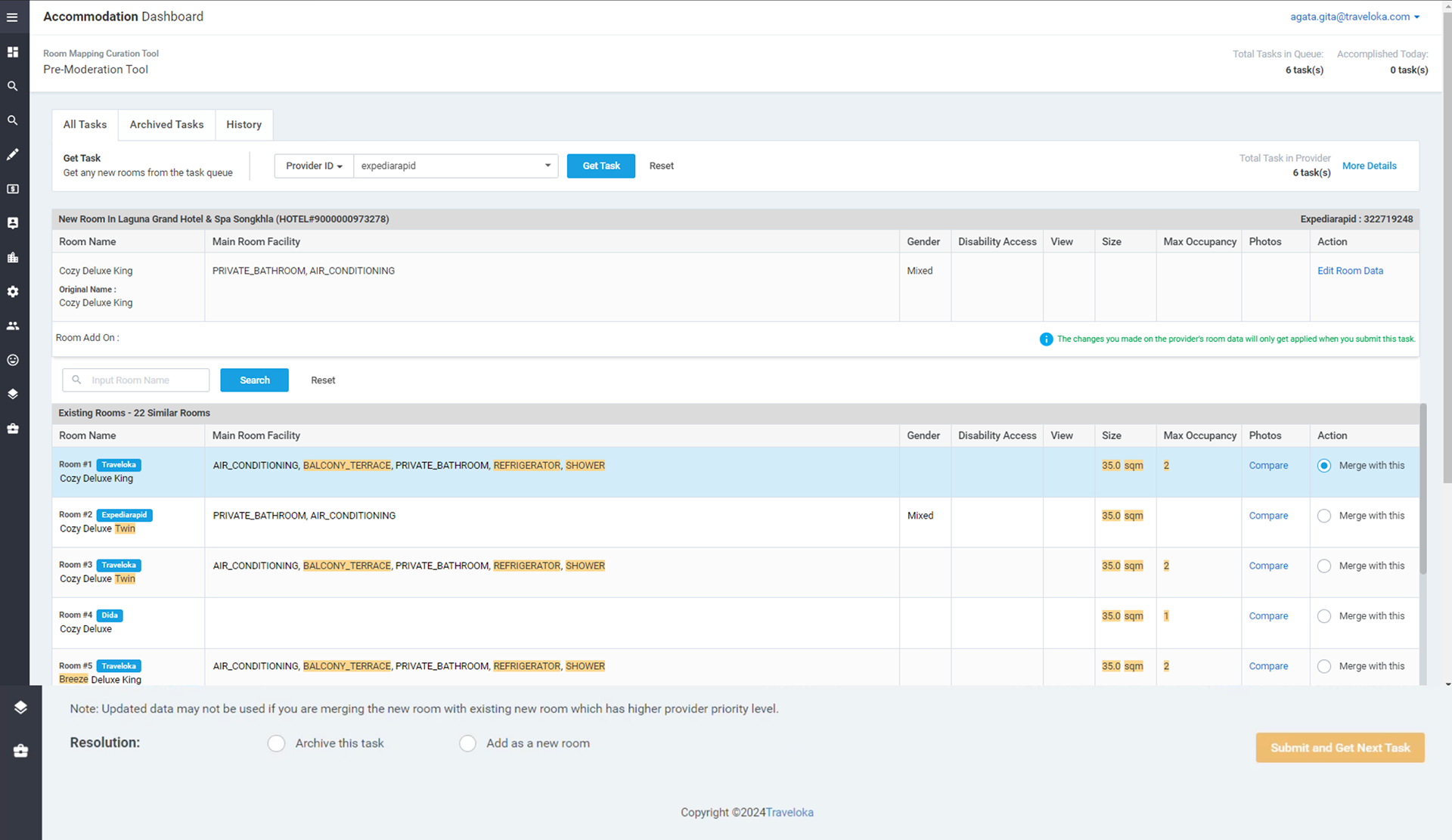
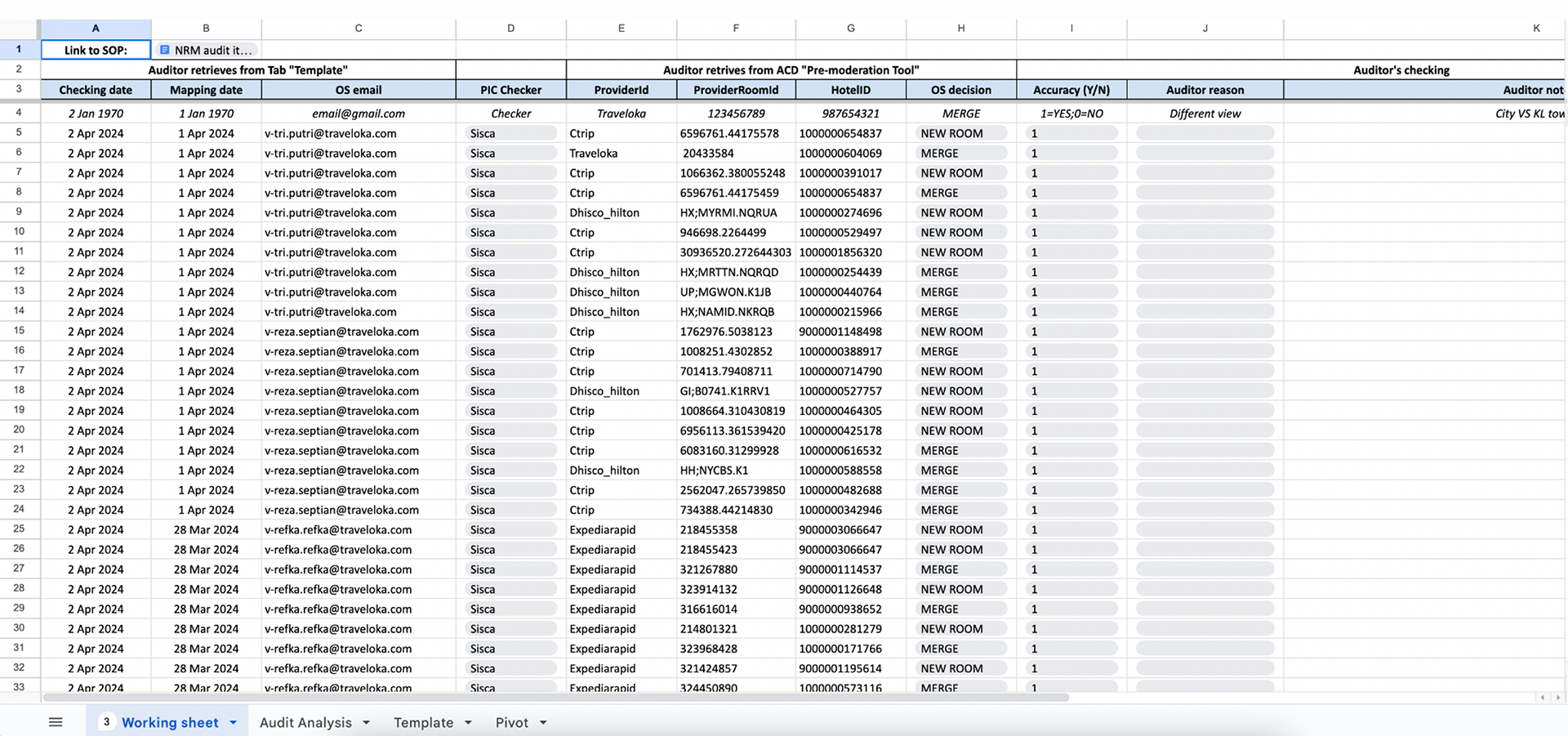
Problems
These are the problems that we're focusing:
Goals
The goal is to design a new workflow and tool that:
• enables integration of curation and auditing process into a cohesive workflow
• provides feedback mechanism to close the learning loop
• reduce manual dependencies and fragmented communication channels
How might we design a unified operational tool that streamlines audit process, enhancing efficiency and accuracy, while also embedding a feedback loop?
Approach
I began the process by conducting stakeholders interviews and journey mapping to gain a better understanding on Traveloka's pre-moderation and audit workflow and inefficiencies within their process.
The outcome of this process is to discover areas of improvement and new approach to improve the workflow.
1) Leveraging LLM to automate sampling generation and evaluate curators' accuracy
I designed an algorithm to generate samplings that can evaluate the effectiveness of moderation process. The algorithm needs to capture the different variables that influence the accuracy of pre-moderation results:
• provider (include all the databases)
• pre-moderation mechanism (system, manual, combination of both)
• moderator PIC
This also factors in other parameters to capture the diversity of the room mappings data (e.g country, type of logic used in the moderation system, etc).
The samplings will then be distributed equally to all auditors to prevent task overlap.
2) Applying segregation of duties to prevent error and maintain accountability
Segregation of duties refers to the principle used in designing an enterprise system used by cross-functional users – by limiting user's authorizations and access to prevent conflict of interest.
In this case, I mapped out what permission and data that each user role has access to, and to what extent. This is to ensure the access provided on each user's dashboard view is limited in accordance to their job scope.
3) Faster feedback cycle by facilitating room-mapping correction mechanism
Our team initially explored several options of correction mechanism (including who has access and which approach) to close the feedback loop.
However, after weighing time and engineering constraints, we decided to focus on improving the auditing flow and leaving the correction process out of the scope.
Implementation
Based on the approach above, I delivered a dashboard design that provides tailored access to user roles:
Audit Dashboard (Auditor view)
Auditors have the ability to:
● conduct audit (samplings are auto-generated, sorted by earliest date)
● change their audit resolution,
● update the status of room mapping (to indicate whether the mapping has been corrected or not)
Auditors have no access view moderator identity and moderation mechanism to prevent bias in their decision-making
Audit Dashboard (Non Auditor view)
• Content Ops and product managers are able to evaluate audit decisions by viewing more data points (Audit History)
• However, they don’t have the ability to change the decisions.
Ideally we’d like to enable them to automatically send a feedback / notify Auditors when mistakes are identified. However, this is out of scope and can be put for the next phase.
Outcome
This solution made impact on Traveloka's operation and customer experience:
• Data accuracy and quality: Improving the accuracy of the curation process will also improve the quality of content and inventory completeness on Traveloka, hereby increasing the reliability of Traveloka's product display.
• Operational efficiency: By streamlining the curation and audit workflows and providing integrated tools for both teams, it can increase operational efficiency allowing the process to be more quick and accurate.
• Cost savings: Optimizing the operational process can reduce the time and resource required to complete the task
Key Learnings
Challenges faced in this project:
• Ambiguity on the solution scope – specifically the room mapping correction as initially the stakeholders could not agree on the approach. To solve this, we included the engineers to discuss all the options and made the call based on the technical feasibility.
• Quality of design – as seen on the UI mockups, there are some mismatch between the components and typography style. This is due to lack of design system in Traveloka's internal tool – resulting to misaligned design. As this is not a high priority, the team had agreed that design consistency can be improved later on.
• Quality of design – as seen on the UI mockups, there are some mismatch between the components and typography style. This is due to lack of design system in Traveloka's internal tool – resulting to misaligned design. As this is not a high priority, the team had agreed that design consistency can be improved later on.
